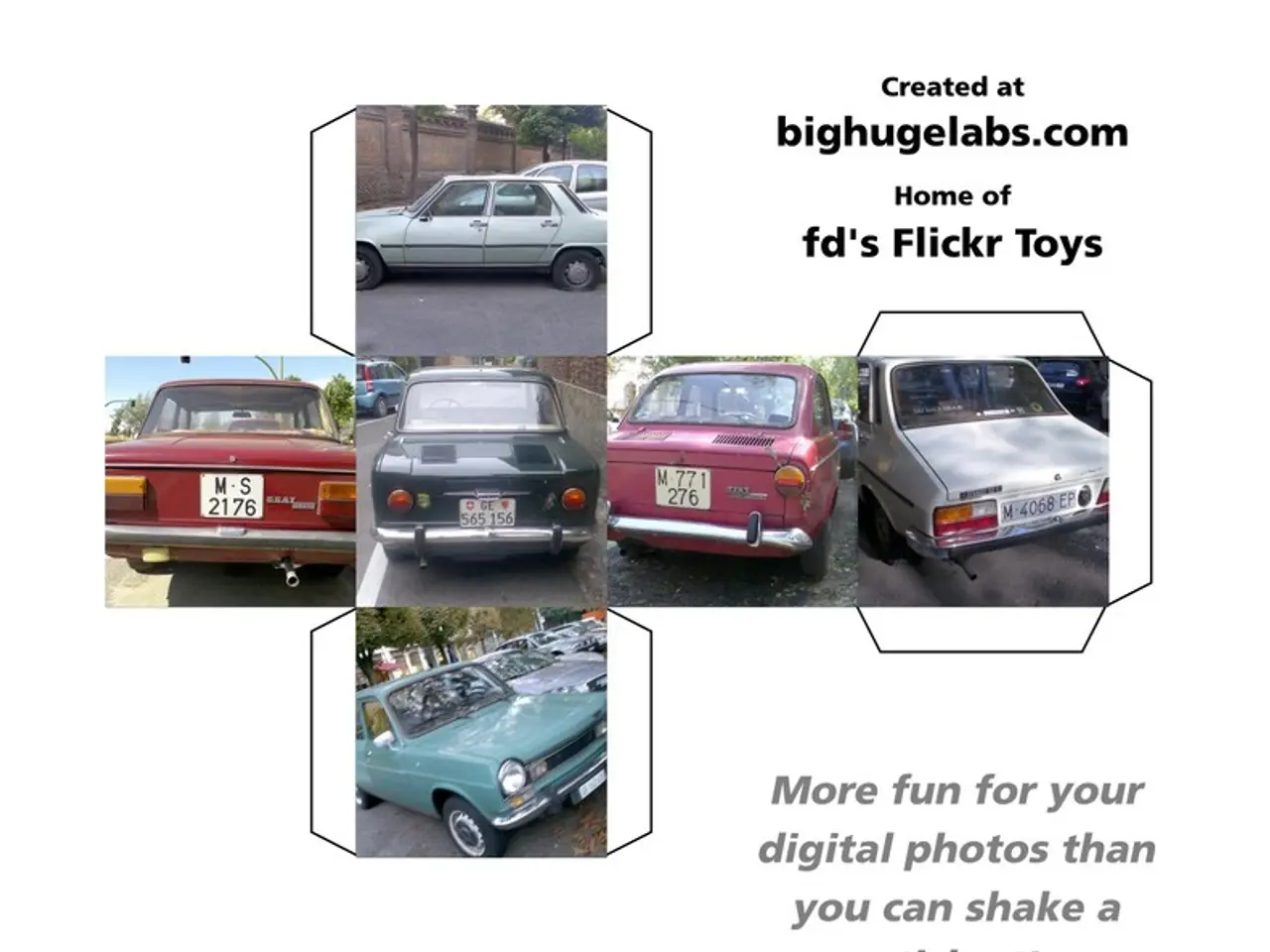Exposing the Fiction Behind Hollywood's Car Blow-ups
In the world of films, car explosions are a common spectacle, often adding a thrilling touch to high-speed chases and dramatic crashes. However, as Professor Hal Sosabowski, a public understanding of science expert at the University of Brighton, explains, these explosions are mostly artistic and practical exaggerations rather than accurate representations of what happens physically during car crashes.
Diesel engines, for instance, do not explode under normal circumstances. Unlike petrol engines, diesel engines use a higher boiling point fuel that spontaneously combusts under pressure, thanks to the absence of spark plugs. Instead, it's the piston that compresses the air/fuel mixture to create high-pressure conditions, leading to an explosion in the cylinder.
Cars in real-life accidents rarely explode like they do in movies. Most cars contain safety features like fuel tanks designed to resist rupture, and modern fuels and materials do not ignite explosively just by crashing or tumbling. When car fires do occur in real accidents, they usually result from fuel leaks combined with sparks or heat but rarely cause brief, large-scale explosions like those in movies.
The misconception of car explosions is further perpetuated by the portrayal of car crashes in movies. In filmmaking, car explosions are usually simulated using controlled pyrotechnics, squibs, special effects rigs, or miniature models designed to imitate debris and flames, often enhanced with digital effects in post-production for added spectacle. These effects are carefully orchestrated by special effects teams to maximize visual impact while keeping stunts safe.
While the idea of cars exploding might be exciting, it's essential to understand that it's not based on the principles of physics that govern real-world car crashes. The next time you watch a high-octane car chase movie, remember that what you're seeing is more artistry than science.
As for the Ford Pinto and Chevrolet Malibu from the 1970s, their poorly designed fuel tanks made them vulnerable to catching alight in certain types of crashes. However, these instances were specific and not the norm for cars under normal circumstances.
In the realm of science, it's crucial to separate fact from fiction. Understanding the truth about car engines and car crashes can help us appreciate the intricacies of engineering and the safety features that keep us safe on the road.
Sources:
- The Conversation
- BBC News
- National Geographic
- Popular Mechanics
- How Stuff Works
- The realm of science, particularly in the field of automotive engineering, sheds light on the functioning of diesel engines, revealing they don't explode under normal circumstances due to their unique fuel properties and combustion process.
- In the context of health-and-wellness, fitness-and-exercise, and technology, it's important to distinguish between fact and fiction in film depictions, ensuring a better understanding of real-life car crashes, safety features, and the intricacies of engineering design.






